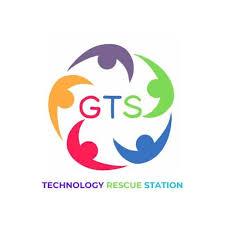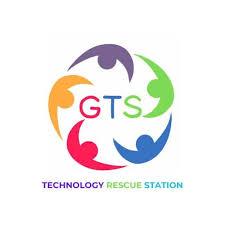Introduction to 5G Technology
5G technology represents the next generation of wireless communication, designed to significantly enhance data transfer speeds, reduce latency, and support a massive number of connected devices. Unlike its predecessor, 4G, 5G utilizes higher frequency bands, including millimeter waves, to deliver faster and more reliable internet connections. This technology is set to revolutionize various sectors, from healthcare and transportation to entertainment and smart cities. The deployment of 5G infrastructure involves installing numerous small cell stations to ensure widespread coverage and high-speed connectivity. 5G Technology Market size is projected to grow to USD 3640.0 billion by 2032, exhibiting a CAGR of 40.2% during the forecast period 2024 - 2032.
As 5G continues to expand globally, it promises to enable innovations such as autonomous vehicles, augmented reality, and IoT applications, transforming everyday life and business operations with unprecedented efficiency and connectivity.
Key Features and Benefits of 5G
The primary advantages of 5G include ultra-fast data speeds, with peak rates reaching up to 10 Gbps, enabling quick downloads and seamless streaming. Additionally, 5G drastically reduces latency, often below 1 millisecond, which is vital for real-time applications like remote surgery or autonomous driving. Its capacity to connect a vast number of devices simultaneously supports the burgeoning Internet of Things (IoT) ecosystem. The increased network reliability and capacity also mean less congestion and improved user experience during peak times.
These features collectively foster innovation by providing the backbone for smart infrastructure, enhanced mobile experiences, and critical services that require instantaneous data exchange, ultimately shaping a more interconnected and intelligent digital environment.
Impacts on Industry and Society
5G technology is poised to transform multiple industries by enabling new business models and improving operational efficiencies. In healthcare, it facilitates remote surgeries and real-time patient monitoring, improving patient care and reducing costs. In manufacturing, 5G supports automation and predictive maintenance, boosting productivity. The transportation sector benefits from autonomous vehicles and intelligent traffic management systems, reducing accidents and congestion. Society at large gains from smarter cities, improved public safety, and enhanced communication capabilities.
Education, entertainment, and retail also experience a revolution through immersive experiences like virtual reality and augmented reality. As 5G infrastructure expands, it promotes economic growth, creates jobs, and bridges digital divides, ultimately fostering a more connected, efficient, and inclusive society.
Challenges and Future Outlook of 5G
Despite its promising benefits, 5G deployment faces several challenges, including high infrastructure costs, complex regulatory hurdles, and concerns over security and privacy. The higher frequency bands used in 5G have limited coverage and penetration, requiring dense small cell networks for comprehensive coverage. Additionally, cybersecurity threats grow with increased connectivity, demanding robust security measures.
The global rollout of 5G is uneven, with some regions progressing faster than others, influenced by economic and political factors. Looking ahead, ongoing research aims to improve 5G technology and address current limitations, paving the way for the next wave of innovations like 6G. As adoption increases, 5G’s transformative potential will become more evident across all facets of daily life and industry, shaping the future of digital communication.



